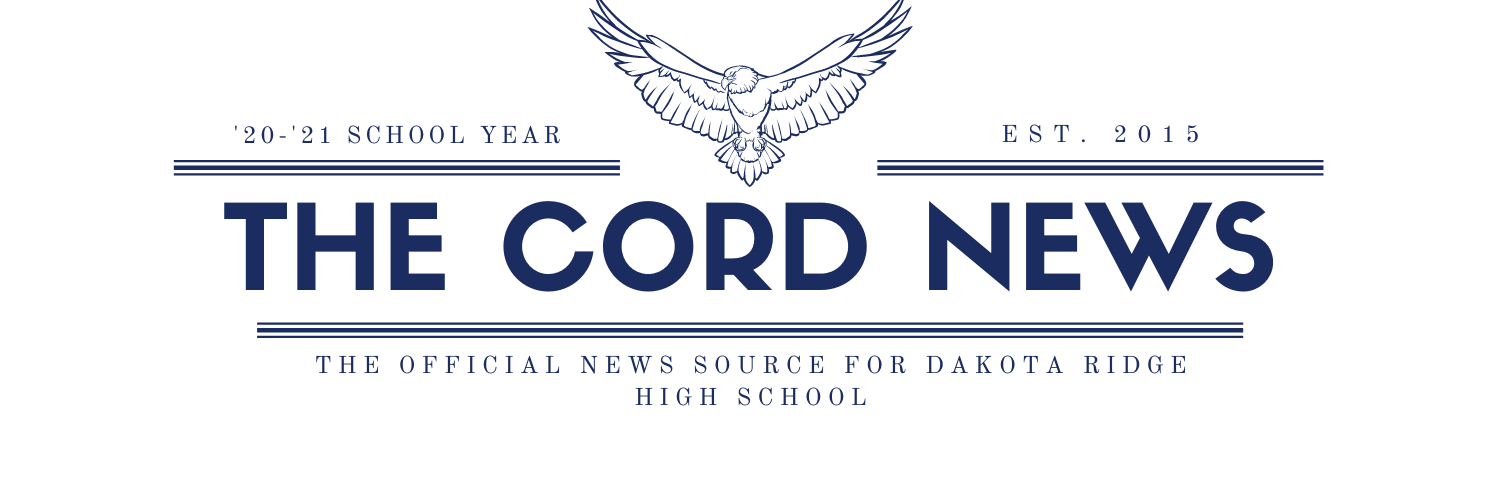Prejudice’s Perfect Storm

January 26, 2019

By the time Nathan Phillips and Nick Sandmann’s faces graced my twitter feed, political pundits had already concocted profound condemnations and serenades regarding the situation that brought the two face to face. The afternoon of Jan. 18 ignited a social media war grounded in moral righteousness, yet the outcome of this fighting became just asmurky as the swamp from which it sprang.
Washington D.C., the venue for the 2019 incarnations of March for Life and the Indigenous Peoples’ March, inadvertently catalyzed its eight-billionth controversy of the year by allowing both protests to commence on the same day. The marches were going smoothly until the marchers dispersed from their respective rallies and students of Kentucky’s Covington Catholic High School on a field trip to support March for Life ran into Native American activists including an esteemed drummer, named Nathan Phillips. What happened leading up to this clash still partially eludes the media and the public —and one thing is for certain— the cameras which captured the tense scene did not have an unobstructed view.
The video that infected the internet, or more accurately, its cover photo, displayed Phillips peacefully beating his drum while singing in the middle of a crowd of mostly white suburban high school students who seemed to have malicious intent with their shouts and body language. But then there was Nick Sandmann, whose face was inches away from that of Phillips, wearing an expression interpreted as mocking by many. To toss a bit of kerosene on the fire, Sandmann and some of his fellow students were adorned with the Trump campaign’s signature “Make America Great Again” hats, which turned the incident into a political nightmare.
An eruption of sheer idiocy shot through social media accounts on both sides of the spectrum; some argued that the students were the vilest racists ever glimpsed in this era, some argued that the students were real-life superheroes who had the strength of mind to stand their ground. This was all before the surfacing of a video in which another protest group, the Black Hebrew Israelites, was heckling the Covington students using racist slurs. This was before the fact that Phillips and his supporters situated themselves between the two escalating groups became known. This was before even the media knew that the students had been using school spirit chants to drown out the all the hateful comments hurled their way.
Even Phillips himself holds misconceptions about what exactly went on that day. In an interview with CNN, he said, “They [Covington students] were going to hurt them [Black Hebrew Israelites]. They were going to hurt them because they didn’t like the color of their skin. They didn’t like their religious views. They were just here in front of the Lincoln. Lincoln is not my hero, but at the same time, there was this understanding that he brought the (Emancipation Proclamation) or freed the slaves, and here are American youth who are ready to, look like, lynch these guys.”
Although the disrespect shown to Phillips through actions rather than words is unquestionably despicable in the context of these videos, Phillips’ assumption that the students wanted to inflict violence is simply wrong. Multiple accounts from chaperones and students at Covington pin the Black Hebrew Israelites as instigators; in other videos of the scene, one of them is clearly heard calling the group of students “the next school shooters,” among a plethora of NSFW insults. Video also confirms that the students used school spirit chants in response to the Black Hebrew Israelites, although they were nowhere to be heard when dealing with the Native American activists.
Even President Trump was lured into the situation, commenting through a tweet as usual, “Nick Sandmann and the students of Covington have become symbols of Fake News and how evil it can be. They have captivated the attention of the world, and I know they will use it for the good – maybe even to bring people together. It started off unpleasant, but can end in a dream!”
Treating the students of Covington as heroes is just as bad as treating them like monsters. The fog surrounding the entire situation reveals nothing definitive about the true motives of the students, nothing definitive about the true motives of Phillips. The only entity defined by this controversy is that of the bystanders, who are staring at their Twitter feed across the nation, waiting undoubtedly for the next opportunity to reaffirm their own views through the next catastrophe.
The story of the Covington students and Nathan Phillips is not one in which good and evil struggle for victory: this story has everything to do with the reader. Through knee-jerk reactions and bone-headed stubbornness, the American public has proved its inability to come to rational conclusions once again. I urge the bystanders to carefully consider the situation before acting next time: there is no better way to subvert American democracy than with widespread misconception.


